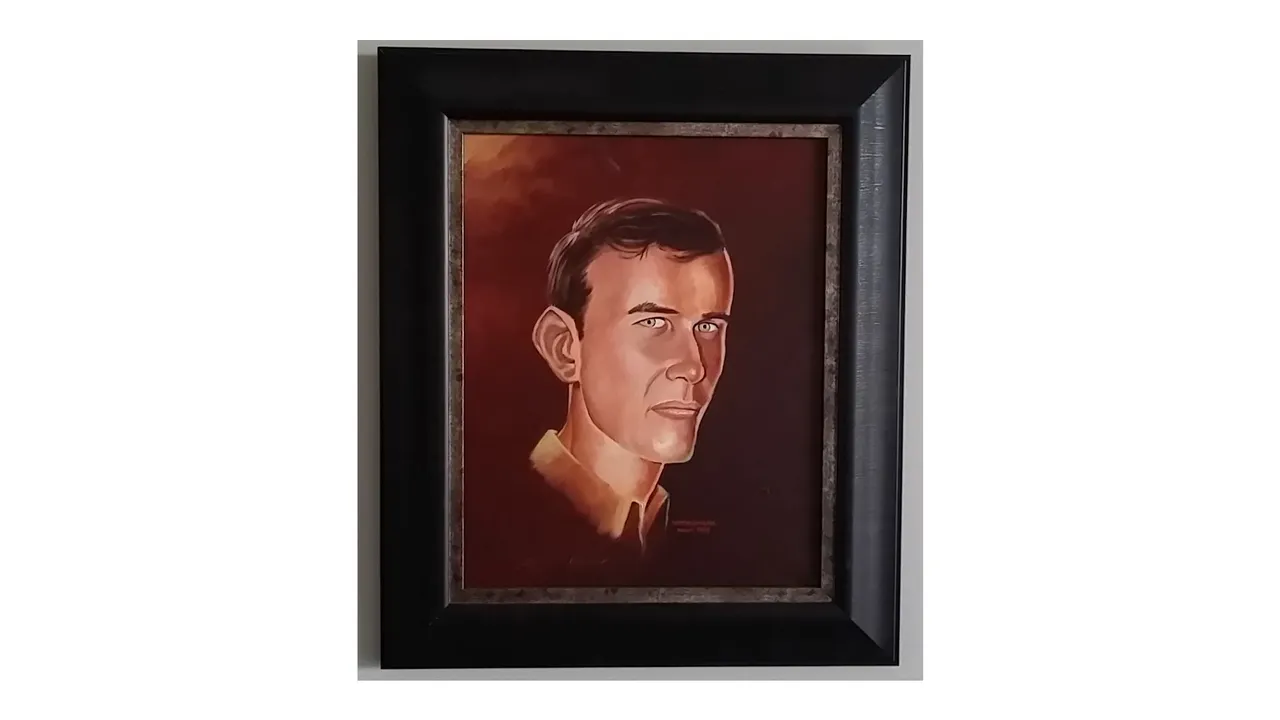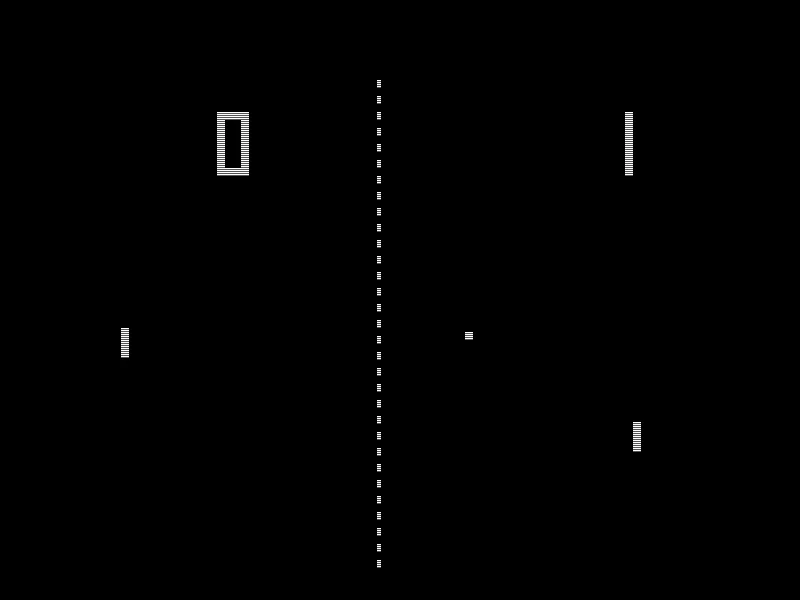This is the story of my life so far: 68 years and counting.
Prequel: A Brief History of my Family in France

The story starts here
Previous episode: Part 54
Creating a Computer Game
As I had to my disposal the computers on the Georges Leygues and the seven consoles in the CIC as displays and inputs, I had decided to create a computer game.
The game I created was inspired one of the earliest arcade video games: Pong.

Pong
source
Pong was a simple game that roughly simulated table tennis between two adversaries. It had been installed in various public places, such as bars, since 1972. I probably saw Pong somewhere in 1974 or 1975.
I had decided that my game would be much more elaborate than Pong and would simulate tennis (not table tennis) and played by double teems. There were seven consoles, so I could use four of them, one for each of the four players in the two teams.
The court was displayed with all the official lines of a real tennis court.

source
The rackets were simulated by small vertical segments that could be moved everywhere in the team half of the court.
And the ball was simulated by a small circle.
Similar to Pong, the ball was bouncing on the side of the court, the horizontal speed of the ball was increased every six bounces on the rackets an the angle of the racket bounce was depending on the area of the racket where the ball hit the racket.
The maximum vertical speed was never greater than its horizontal speed, so the maximum angle with the court sides was 45 degrees.
Points were scored when the ball was going out of the court.
A game was played in six sets. I had never heard then of the tie-break, so I did not include it in my game: you could win a game with 6 sets to 5.
For each set, the official scoring was followed (15, 30, 40, set) including the rule of the "advantage".
The current score was displayed above the court.
As I had not to my disposal any compiler of assembler, all I could do was to program the game in the machine languages.
Also, there were not many ways to input the program in the computers.
We will see how I solved these difficulties in the next post.
Continue to Part 56
If you like this story, please consider following me @vcelier
Summary
Part 1 - Part 2 - Part 3 - Part 4 - Part 5 - Part 6 - Part 7
Part 8 - Part 9 - Part 10 Part 11 - Part 12 - Part 13 - Part 14
Part 15 - Part 16 - Part 17 - Part 18 - Part 19 - Part 20 - Part 21
Part 22 - Part 23 - Part 24 - Part 25 - Part 26 - Part 27 - Part 28
Part 29 - Part 30 - Part 31 - Part 32 - Part 33 - Part 34 - Part 35
Part 36 - Part 37 - Part 38 - Part 39 - Part 40 - Part 41 - Part 42
Part 43 - Part 44 - Part 45 - Part 46 - Part 47 - Part 48 - Part 49
Part 50 - Part 51 - Part 52 - Part 53 - Part 54
